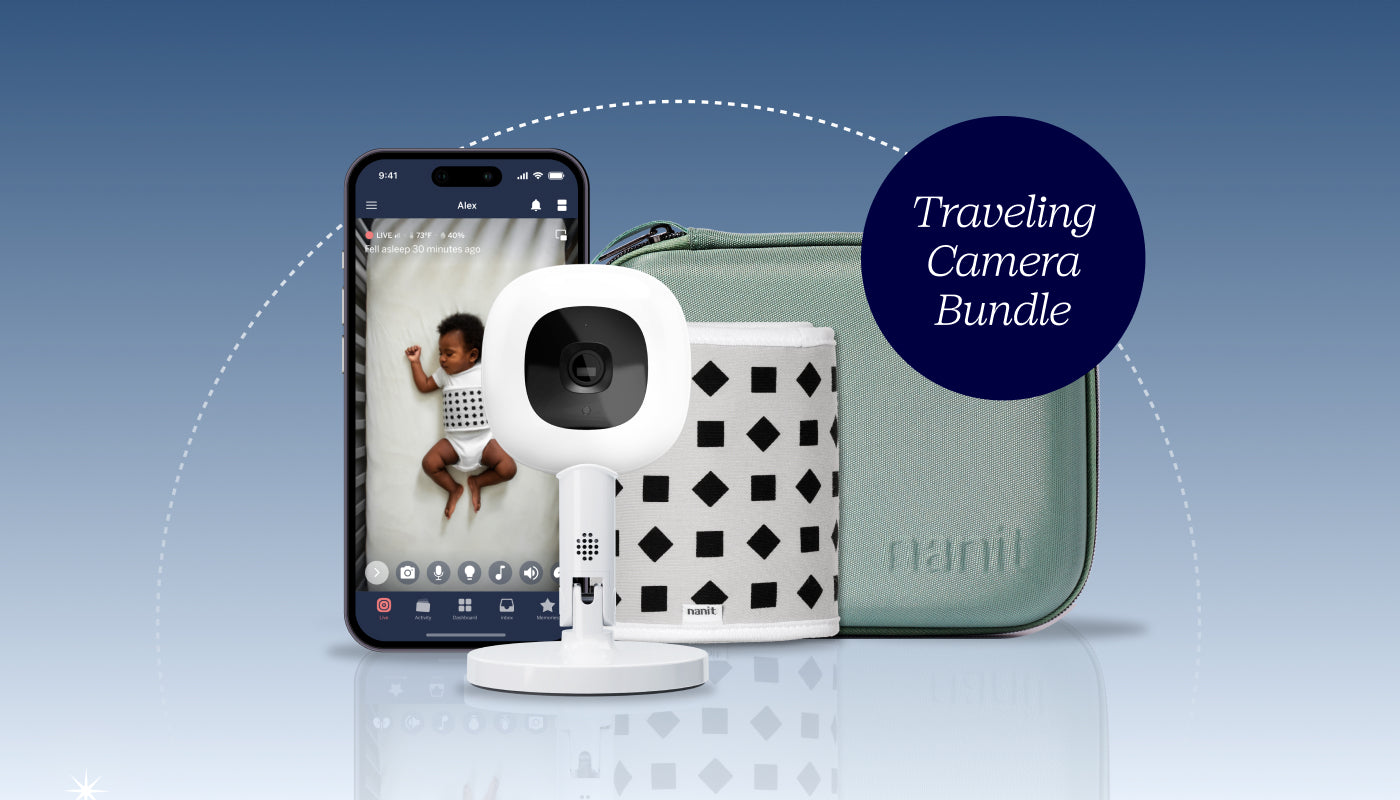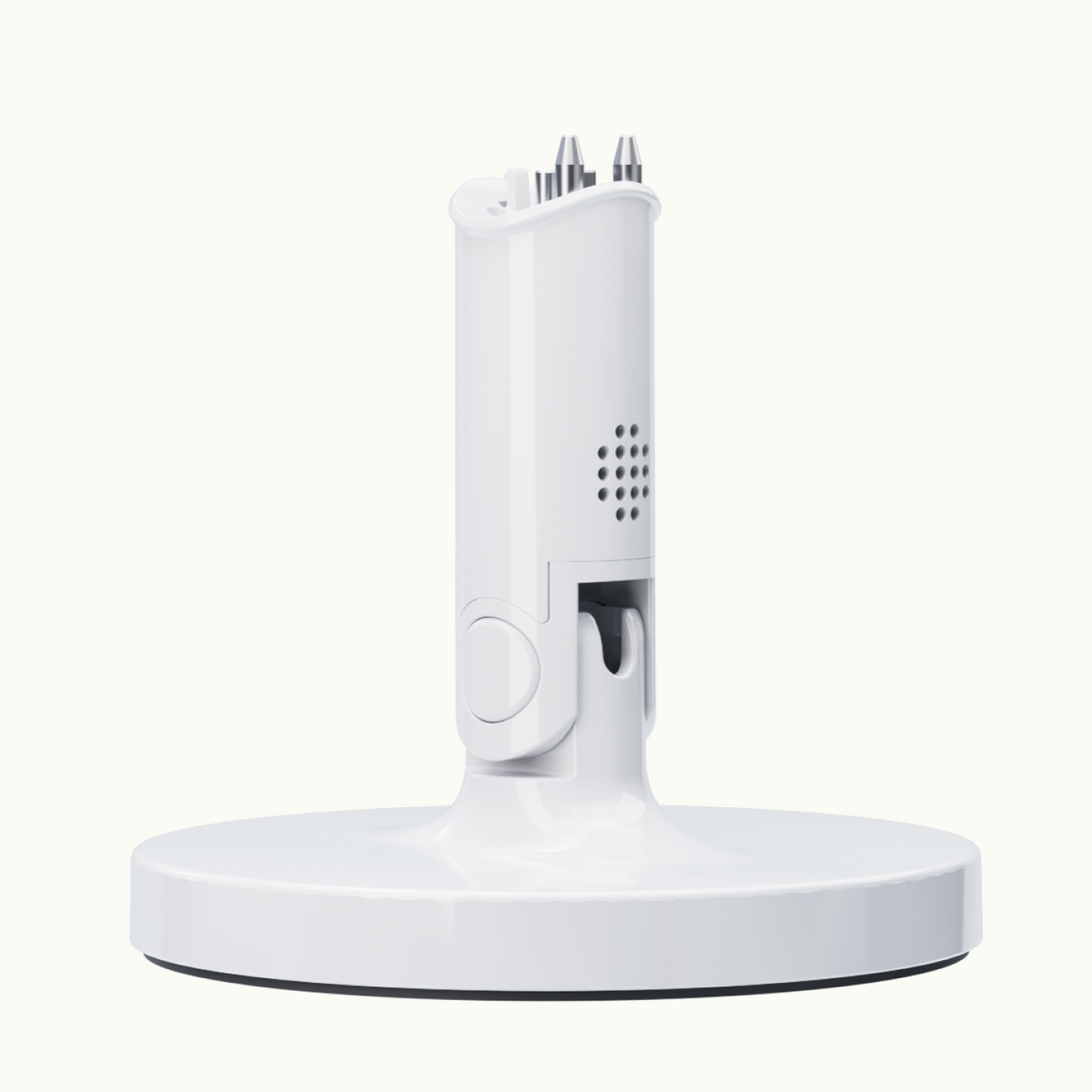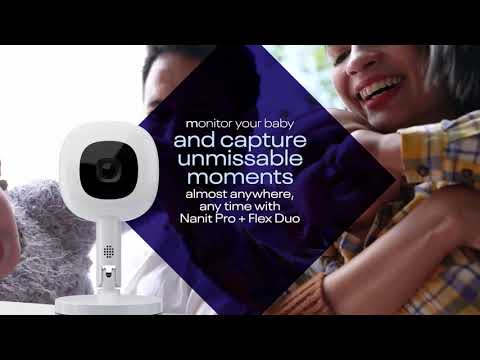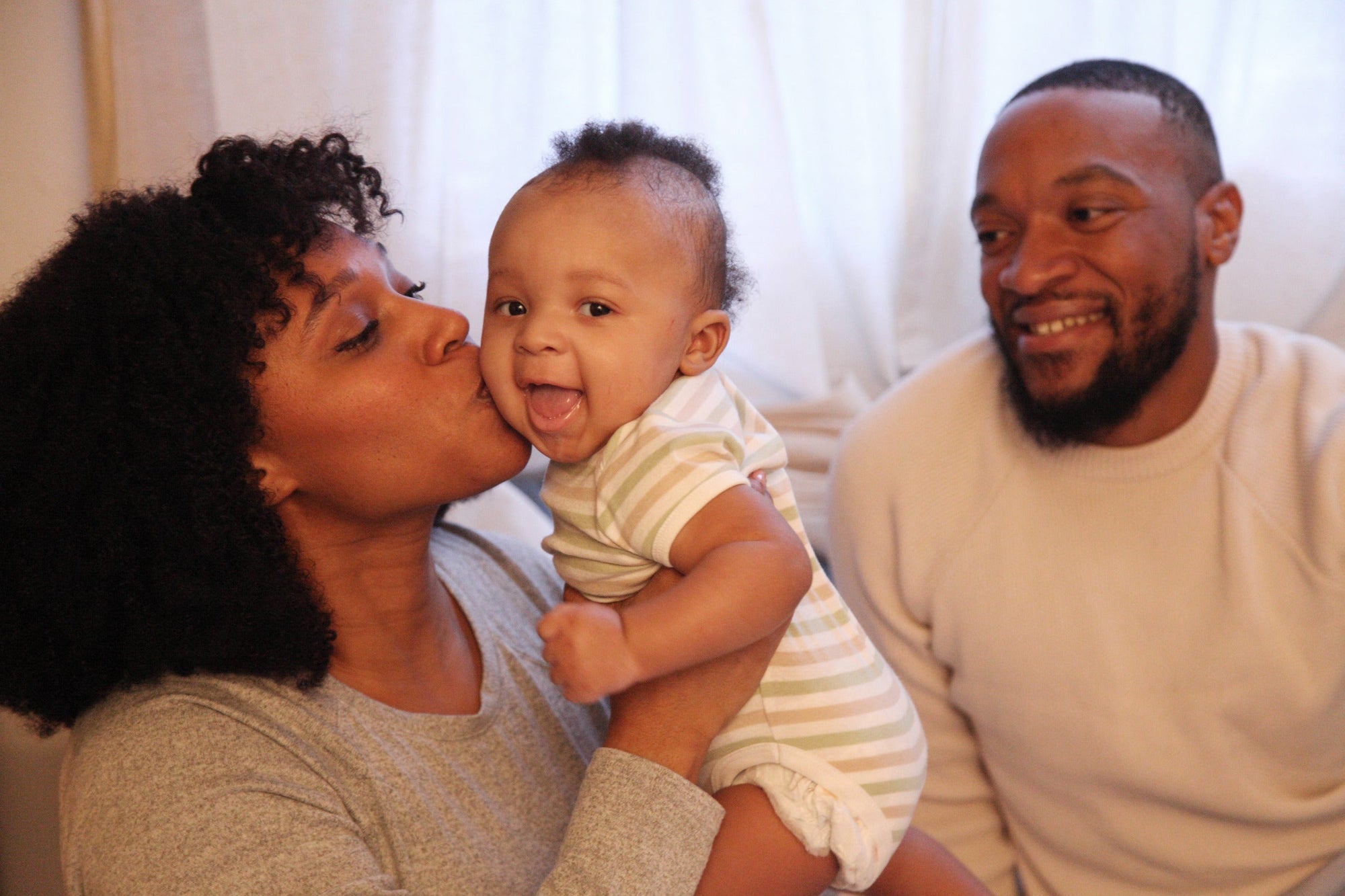Understanding Baby's Cues: Signs of Sleepiness vs. Hunger
As the parent or caregiver of a newborn, it can be difficult to understand what your baby needs when they’re crying. Are they hungry? Tired? Desperate for a diaper change? Some other mysterious deep need impossible for an adult who doesn’t speak baby to decode?
While your baby can’t tell you with words what it is they’re looking for, they do have their own way of communicatingLet’s explore the physical cues newborn babies exhibit to alert us to their two most frequent needs: food and sleep. There are several common challenges parents face in distinguishing their baby’s hunger vs. tired cues. Here, we’ll provide insight into the subtle differences in baby behavior and body language so that you can attend to your baby’s needs confidently.
Why are baby cues important?
Human beings develop a desire to communicate at a very young age. However, babies lack the ability to communicate intentionally until they are about 8 or 9 months old. Until then, it’s up to the parent or caregiver to observe the baby and determine their needs, based on these largely nonverbal cues.
Types of hunger cues
Babies have many types of hunger cues, all of which can be broken down into three subcategories: early, active, and late. Generally speaking, the earlier you can identify that your baby is hungry, the easier it’ll be to give them a full feeding.
Early cues include:
- Putting their hands to their mouth
- Sucking their fingers
- Licking, puckering, or smacking their lips
Active feeding cues include:
- Clenching their hands
- Turning their head side-to-side with an open mouth (also known as “rooting”)
- Trying to move themselves into a feeding position
- Hitting your arm or chest
And finally, late feeding cues include:
- Moving their head frantically from side-to-side
- Crying
If your baby is exhibiting one or more of these cues, offer them a feeding—but continue to pay attention to how they act. Just as your baby can clue you into when they’re hungry, they can also let you know when they’re full.
For example, your baby might frequently unlatch, stop and start eating often, fidget or get distracted, turn their head away from the food source, slow down, or even fall asleep. Watching out for these “full cues” is known as “responsive feeding,” and it can lead to your baby having a much healthier relationship with eating down the road.
Types of sleep cues
As with hunger, there are signs your baby is tired, not hungry. Like hunger, these sleep cues can be different depending on how tired your baby is and can vary from baby to baby.
When your baby is starting to get tired, you may notice:
- A far-off stare
- Pinkish eyebrows
- Avoidance of eye contact
- Haphazard sucking at the bottle/breast, eyes closed, but no longer taking milk
- Loss of interest in a toy they had been playing with
Tired cues include:
- Big yawns
- Eye rubbing
- Burying their face into your shoulder or arm
- Fussiness
If your baby is overtired, you may start seeing:
- Frantic crying
- Body stiffening
- Pushing away from you
Notice how these cues increase in intensity. If you wait too long, your baby will go beyond a feeling of tired to the point of being overtired. Contrary to what you might imagine, it becomes even harder to put them down for a nap once they’ve reached this point. For that reason, it’s important to keep an eye out for early tired and tired cues.
Sleep cues vs. hunger cues
In the early stages of hunger and tiredness, the cues seem pretty distinguishable. For example, yawning is a clear indication that a tired baby wants to sleep, while lip-smacking is a pretty clear sign that a baby wants to eat.
What happens when your baby exhibits a shared cue, like over-fussiness? How can you know when you have a tired baby, not a hungry one?
Here are some positive signs:
- They continually reject the breast/bottle, and they haven’t had problems feeding/latching in the past. This is one of the clearest signs a baby is tired, not hungry.
- They’ve lost interest in toys and activities, as well as feeding.
- They’re avoiding eye contact, rubbing their eyes, or staring off into the distance.
Active sleep vs. hunger cues
Sometimes, your baby might be in the middle of sleeping when they get hungry and wake up. This is common in the first few days or weeks after birth, when a newborn still needs to eat tiny amounts very frequently. It’s also possible that your little one is simply going through an active sleep cycle and just appears to be awake and hungry.
During the early months, a baby’s brain and body are still working hard during sleep to process what they’ve learned while awake. It’s possible your baby simply looks like they are rooting (turning their head side-to-side with an open mouth—one of their hunger cues) when, really, they’re in their active sleep cycle (which can be about half of a baby's sleep cycle).
If you aren’t sure, observe your baby for about 30-60 seconds before you attempt to pick them up and accidentally wake them prematurely. If you want even more peace of mind, remember that the Nanit baby monitor can track and analyze your baby’s naps and nighttime sleep, helping to take some of the guesswork off your plate—and most importantly, boosting your confidence as a parent.
Understand your baby’s patterns with support
No parent ever has a 100% success rate guessing what their baby needs at any given moment. Dealing with sleep deprivation is another common challenge for new parents. You’ll get increasingly better at reading your baby’s cues as time goes on—and in the meantime, Nanit can help.
We use science-backed solutions to help you get to know your baby better. For instance, our Pro Camera offers personalized sleep analytics to give you insight into your baby’s sleep history, breathing patterns, monthly growth, and more.
Join the 71% of parents who report feeling less anxious thanks to Nanit by exploring our collection of items today.
Key takeaways
- Try to catch your baby’s hunger cues early. These include: putting hands to mouth, sucking fingers, licking/smacking lips, clenched fists, and turning head side-to-side with open mouth.
- Look for sleepy cues before they escalate. These include: staring off, avoiding eye contact, yawning, rubbing their face into your chest/arm, and pinkish eyebrows.
- The biggest indication that your baby is tired and not hungry is if they continuously reject feeding, but haven’t had problems with feeding or latching in the past.
Sources:
Colonnesi C, Stams GJJ, Koster I, Noom MJ. The relation between pointing and language development: A meta-analysis. https://www.sciencedirect.com/science/article/abs/pii/S0273229710000377
Larissa O’Loughlin. Newborns: Cues To Watch For. https://larissa.themamacoach.com/cues-to-watch-for/
Stanford Medicine Children’s Health. Newborn Reflexes. https://www.stanfordchildrens.org/en/topic/default?id=newborn-reflexes-90-P02630&sid=26124
Pediatric Sleep Counsel. What are some signs that my baby is sleepy? https://www.babysleep.com/sleep-advice/what-are-some-signs-that-my-baby-is-sleepy/
Parents. What To Do When Your Baby Refuses The Bottle. https://www.parents.com/baby/feeding/what-can-i-do-when-my-baby-refuses-the-bottle/
Larissa O’Loughlin. Baby Nap Guide. https://larissa.themamacoach.com/baby-nap-guide/






